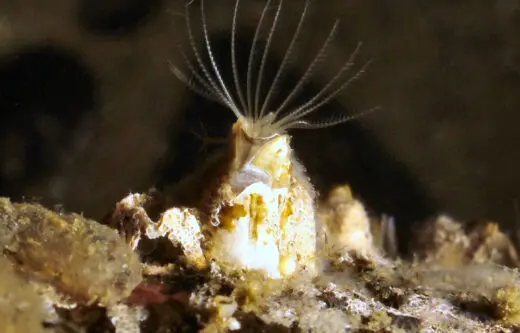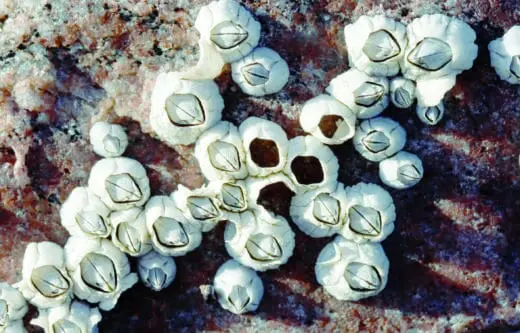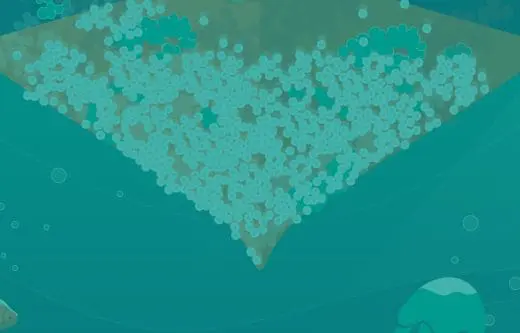Exploring the Diversity and Resilience of Barnacles!
Barnacles in a Changing World: How They Thrive in Different Conditions
2. Fascinating Facts About Barnacles: Nature's Incredible Adapters
Barnacles are fascinating creatures that come in a variety of colors, including pink, yellow, orange, green, brown, black, white, and cream, and can even be covered with stripes. There are over 1,200 species of barnacles, ranging from tiny millimeter-sized ones to giants reaching 10 centimeters.
What they all have in common is their ability to colonize and grow over large surfaces, thanks to their strong adhesive properties and rapid reproduction rates. Which means that even the smallest species can cover large surfaces as they grow their colonies wherever they decide to settle.
Barnacles are diverse and resilient creatures that have thrived in the oceans for hundreds of millions of years. Dive beneath the waves, and you'll be sure to encounter their colonies clinging on to rocks, boat hulls, and even other marine animals. Most barnacles prefer shallow or tidal zones, with 75% of them residing at depths of less than 100 meters. These hardy critters especially love dynamic habitats like underwater volcanoes and intertidal zones, where life is constantly on the move.
Contrary to popular belief, barnacles aren't just fans of warm, tropical waters. These hardy creatures also thrive in the chilly embrace of cold seas. Take, for instance, the Swedish west coast — the birthplace of our innovative barnacle repelling technology, Selektope. While it's fascinating to see how barnacles endure the chilly waters of the North Sea, there are other regions where the conditions for barnacles to thrive are optimal, often referred to as “Biofouling hotspots”. These areas typically have warm, salty waters with abundant food and oxygen, making them ideal for barnacle growth.
When ships pass through these hotspots, they become prime targets for barnacle attachment, and of course, the longer a ship remains in these waters, the greater the risk of barnacle fouling.
Barnacles pose a significant challenge to the shipping industry. While they may seem harmless, their ability to attach themselves to ship hulls can lead to serious consequences. Ships traveling through biofouling hotspots are particularly at risk of barnacle fouling, and the problem is exacerbated when a ship idles for an extended period.
Effective biofouling management is crucial to mitigate the impact of barnacle fouling. Regular maintenance, anti-fouling coatings, and strategic route planning can help reduce the risk. By understanding the conditions that promote barnacle growth and taking proactive measures, the shipping industry can navigate these perils and ensure smoother, more efficient voyages.

Related articles

Innovative Solutions and Global Collaboration: Highlights from the 3rd GloFouling R&D Forum in Busan

Barnacles: Invited or Invader?

Fascinating facts about barnacles: how they attach to ship hulls?
